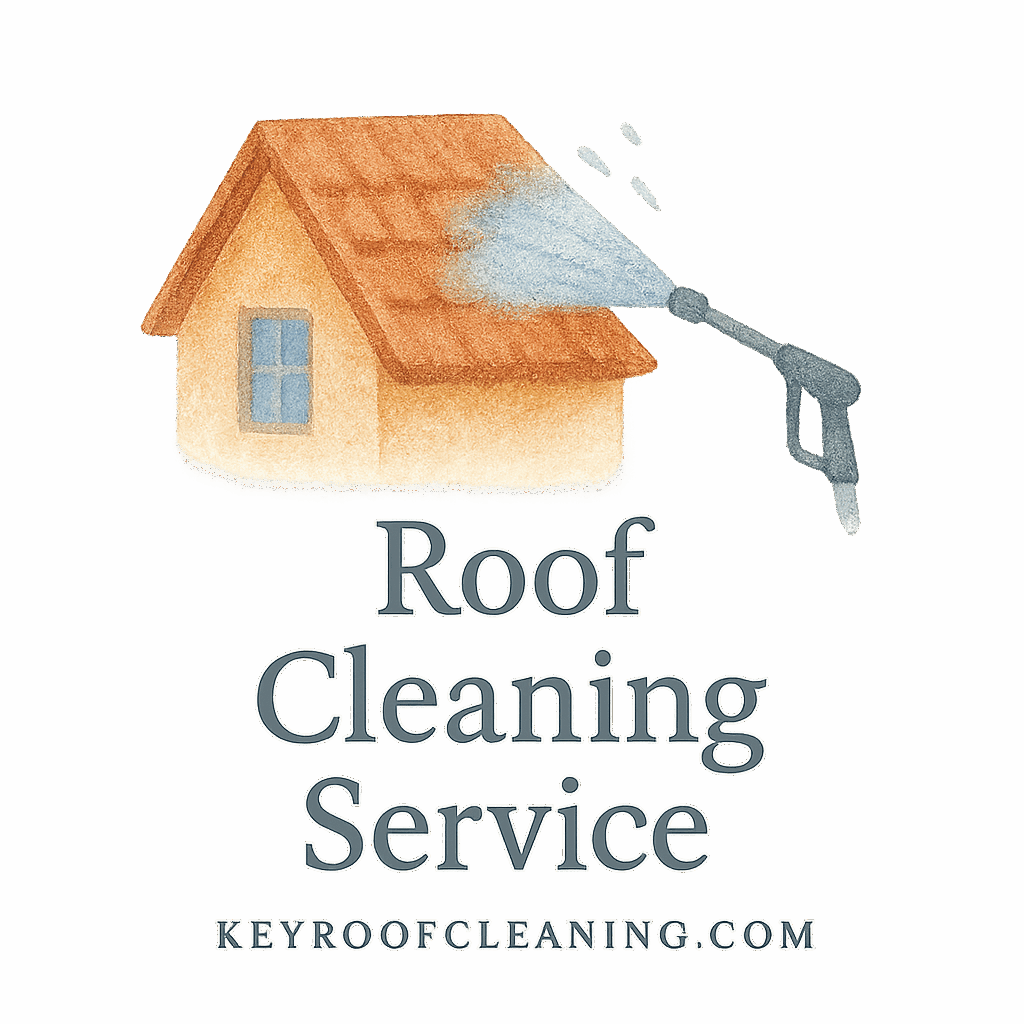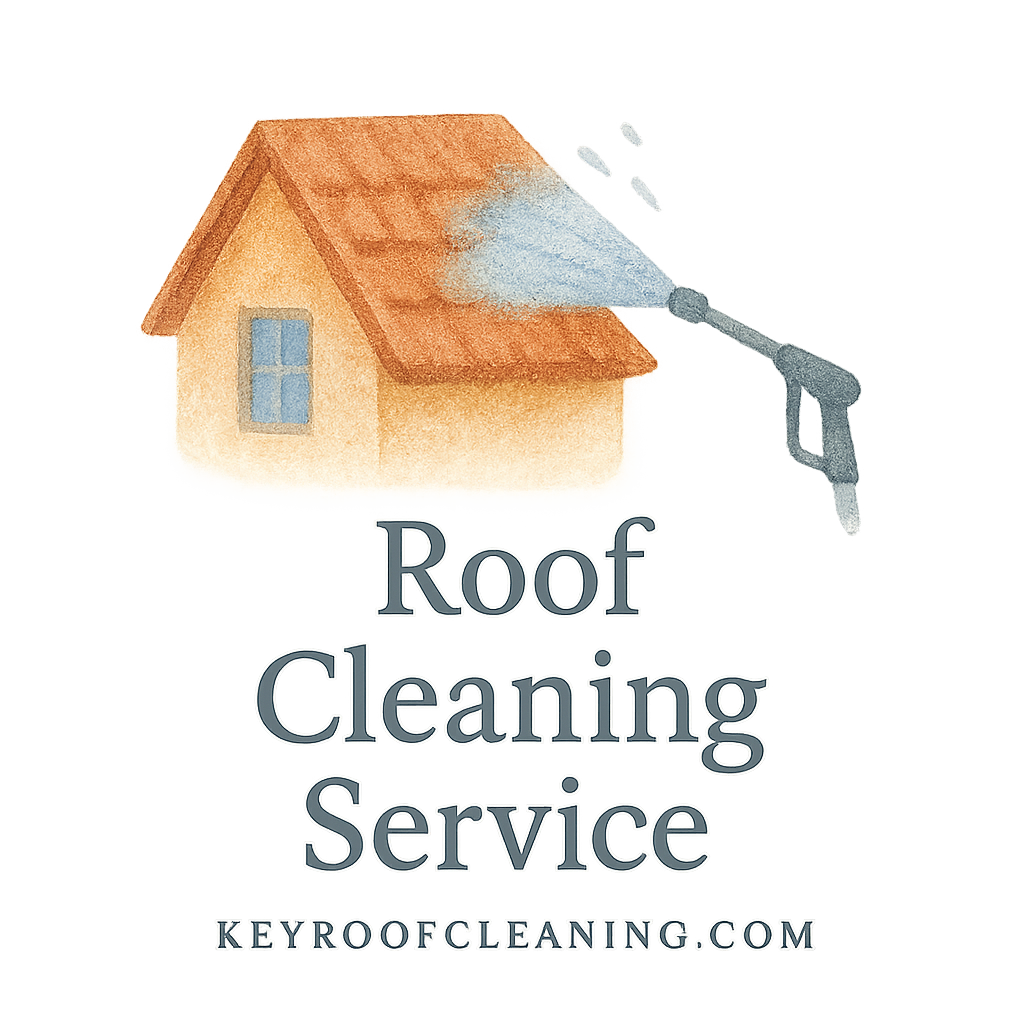Introduction: Why Roof Cleaning Matters
Let’s be real—your roof puts up with a lot. Rain, heat, mold, and algae are just the beginning. Over time, all that grime doesn’t just look bad—it can destroy your shingles and shorten your roof’s life.
But here’s the good news: chemical roof cleaning techniques can restore your roof and keep it looking fresh for years. Let’s break down the top seven methods you should know.
Related: Roof Cleaning Basics
Understanding Chemical Roof Cleaning
What Makes Chemical Cleaning Different?
Unlike pressure washing that blasts the dirt away, chemical methods dissolve mold, algae, and gunk at the source. This is especially helpful for delicate roofs or roofs with deep-rooted growth.
Are Chemical Roof Cleaners Safe?
Absolutely—if used correctly. Many chemical products are designed to protect your roof without harming nearby plants or pets. But you’ve got to follow safety guidelines like those from OSHA and use proper gear.
Explore more on roof maintenance and safety.
1. Sodium Hypochlorite Cleaning
How It Works
This is the most commonly used method and for good reason. Sodium hypochlorite (aka bleach) is a powerful oxidizer that kills algae, mold, and bacteria on contact.
You’ll usually find it mixed with water and surfactants to help it cling to the roof surface.
Best Practices
Always use a diluted solution—typically around 3-6%. Apply it with a soft wash system and let it sit for 15–20 minutes before rinsing.
Safety Measures
Wear gloves, eye protection, and never let it sit too long—it can damage certain roof types. Check out this roof cleaning techniques guide for safe application.
Tag it: Roof Cleaning, Accident Prevention
2. Sodium Hydroxide Cleaning
Why It’s Used
This alkaline chemical works wonders on greasy or oily residues. It’s often used on commercial or metal roofs but can be too strong for asphalt shingles.
Pros and Cons
- Pros: Deep cleaning, excellent for heavily soiled areas
- Cons: Highly caustic—can strip paint and damage surfaces if not rinsed thoroughly
Use products listed in this tools and products guide.
3. Eco-Friendly Biodegradable Cleaners
Green Living Meets Clean Roofs
Want to keep your roof clean and protect the planet? Go green with biodegradable cleaners. These solutions break down naturally without leaving toxic residues behind.
Tags: Eco-Friendly, Green Living, Sustainability
Benefits for Your Home & Environment
- Safe for gardens, pets, and waterways
- No toxic fumes
- Lower carbon footprint
Related Internal Links

4. Zinc Sulfate Treatment
Long-Term Protection Against Algae
Zinc sulfate isn’t just a cleaner—it’s a preventative tool. It forms a protective barrier that inhibits future algae growth, especially on asphalt shingle roofs.
Application Methods
Sprinkle the granules near the roof ridge, or spray a diluted liquid version. Every time it rains, the zinc ions wash down the roof, preventing algae build-up.
5. Copper Sulfate Application
Effective Mold and Algae Control
Similar to zinc, copper sulfate kills and prevents organic growth. It’s often more effective on tough stains but must be used with caution.
Is It Right for Your Roof?
Avoid it on metal or clay tile roofs—it can cause discoloration or corrosion. But it’s a go-to for moss-covered roofs in shady, moist areas.
Discover cleaning methods for tile roofs.
6. Bleach-Based Cleaning Solutions
When to Use Bleach Safely
You’ve seen DIYers use bleach—sometimes too much of it. A controlled, diluted bleach solution can remove stains, but you’ll need to be careful not to damage surrounding vegetation.
Avoiding Roof Damage
Too strong = shingle damage. Always rinse thoroughly and protect plants by spraying them with water before and after application.
7. Commercial Roof Cleaning Products
All-in-One Chemical Solutions
There are tons of premixed commercial solutions out there—from spray-on foams to hose-end applicators. Many contain proprietary blends of surfactants and cleaning agents for max efficiency.
Selecting the Right Product
Make sure you choose based on your roof type and climate. Some are better for asphalt shingles, others for tiles or metal.
Explore roof types and materials to find what’s right for you.
Comparing the 7 Techniques
Pros and Cons Table
| Technique | Pros | Cons |
|---|---|---|
| Sodium Hypochlorite | Fast, powerful | Can damage plants |
| Sodium Hydroxide | Cuts tough grime | Caustic, corrosive |
| Biodegradable Cleaners | Safe, eco-friendly | Slower results |
| Zinc Sulfate | Long-lasting | May need reapplication |
| Copper Sulfate | Strong mold killer | Can discolor surfaces |
| Bleach-Based | Inexpensive | Harsh on shingles |
| Commercial Products | Easy to use | Varies in effectiveness |
Most Effective for Your Roof Type
- Asphalt shingles: Zinc, Sodium Hypochlorite
- Tile roofs: Biodegradable or Commercial Products
- Metal roofs: Sodium Hydroxide or Zinc Sulfate
Safety First: Chemical Use and Protection
OSHA and Ladder Safety Guidelines
Before climbing up, check out the ladder safety rules. Always stabilize your ladder and wear non-slip shoes. Use harnesses when necessary.
Proper Equipment and Clothing
- Safety goggles and gloves
- Long-sleeved shirts
- Respirators when using strong chemicals
Find more tips under accident prevention.
Hiring a Professional vs. DIY
When to Call the Experts
Not comfortable climbing roofs or handling chemicals? That’s your sign to hire a professional roof cleaning service.
Finding a Reputable Roof Cleaner
Use these hiring tips to choose someone licensed, insured, and experienced in chemical applications.
Sustainability and Roof Cleaning
Reducing Environmental Impact
Choose solutions tagged under eco-friendly or sustainability to reduce runoff and pollution.
Choosing Sustainable Solutions
Look for cleaners marked as:
- Phosphate-free
- Non-toxic
- Plant-safe
Also, check the green methods for detailed alternatives.
Conclusion
Roof cleaning isn’t just about looks—it’s about extending your roof’s lifespan, preventing damage, and even boosting curb appeal. With these seven chemical techniques explained, you’ve got all the tools to make smart choices for your home. Whether you go eco-friendly, bleach-based, or zinc-powered, just make sure you’re choosing the right method for your specific roof—and following safety protocols.
And hey, if it all seems overwhelming, don’t stress. Sometimes calling in a pro is the smartest (and safest) way to go.
FAQs
1. Is chemical roof cleaning safe for pets and plants?
Yes, if you use biodegradable or eco-friendly products. Always rinse surrounding areas before and after application.
2. How often should I chemically clean my roof?
Typically every 1–3 years, depending on your climate and roof material.
3. Will chemical cleaning damage my shingles?
Not if done correctly. Avoid over-concentrated solutions and rinse thoroughly.
4. Can I use bleach alone for roof cleaning?
You can, but it’s better diluted and mixed with surfactants to prevent damage.
5. What’s the most eco-friendly chemical option?
Biodegradable roof cleaners that break down naturally—great for green living advocates.
6. Should I clean my roof myself or hire someone?
If you’re confident with ladders and chemicals, DIY is fine. Otherwise, hire a professional.
7. Do these methods work on all roof types?
Not all! Some methods are better for asphalt, others for tile or metal. Always check compatibility.


